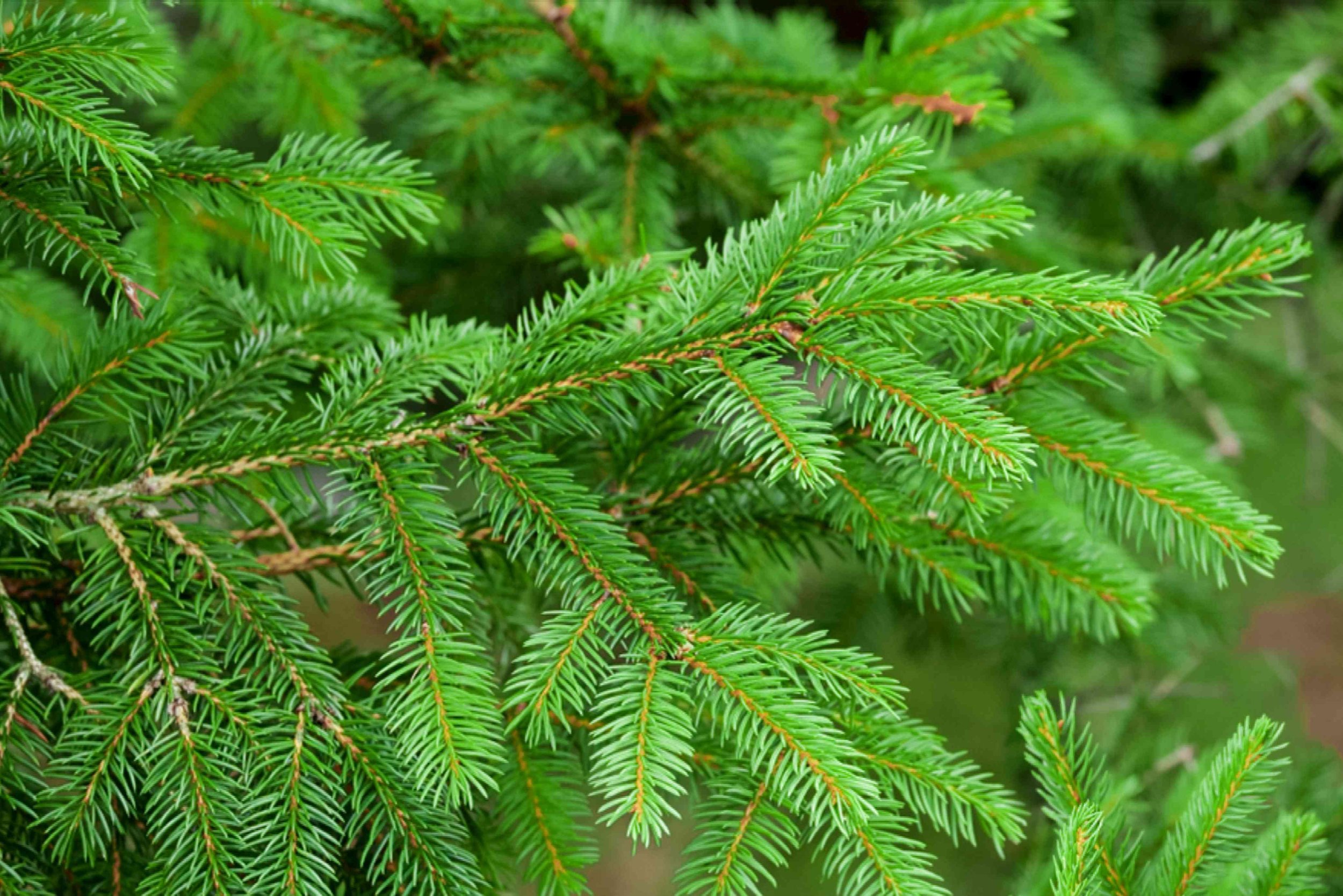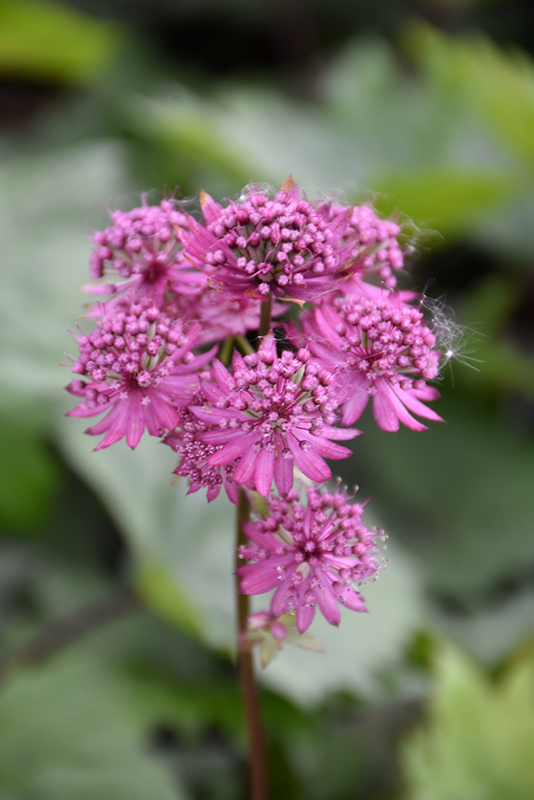
Star Of Beauty Masterwort
Astrantia major 'Star Of Beauty'
Plant Height: 18 inches
Flower Height: 24 inches
Spacing: 14 inches
Sunlight:
![]()
![]()
Hardiness Zone: 3a
Other Names: Hattie's Pincushion
Description:
Beautiful burgundy pincushion flowers on nearly-black stems with a glowing white center; great on streambanks or in a moist border, doesn't like to dry out; cut back after flowering for a second flush
Ornamental Features
Star Of Beauty Masterwort features airy cymes of burgundy pincushion flowers with white eyes and burgundy bracts rising above the foliage from early to late summer. The flowers are excellent for cutting. Its crinkled ferny pinnately compound leaves remain dark green in color throughout the season. The black stems are very colorful and add to the overall interest of the plant.
Landscape Attributes
Star Of Beauty Masterwort is an open herbaceous perennial with an upright spreading habit of growth. Its relatively fine texture sets it apart from other garden plants with less refined foliage.
This plant will require occasional maintenance and upkeep, and should be cut back in late fall in preparation for winter. Gardeners should be aware of the following characteristic(s) that may warrant special consideration;
- Self-Seeding
Star Of Beauty Masterwort is recommended for the following landscape applications;
- Mass Planting
- General Garden Use
- Bog Gardens
Planting & Growing
Star Of Beauty Masterwort will grow to be about 18 inches tall at maturity extending to 24 inches tall with the flowers, with a spread of 18 inches. When grown in masses or used as a bedding plant, individual plants should be spaced approximately 14 inches apart. It grows at a medium rate, and under ideal conditions can be expected to live for approximately 15 years. As an herbaceous perennial, this plant will usually die back to the crown each winter, and will regrow from the base each spring. Be careful not to disturb the crown in late winter when it may not be readily seen!
This plant does best in full sun to partial shade. It is quite adaptable, prefering to grow in average to wet conditions, and will even tolerate some standing water. It is not particular as to soil type or pH. It is somewhat tolerant of urban pollution. This is a selected variety of a species not originally from North America. It can be propagated by division; however, as a cultivated variety, be aware that it may be subject to certain restrictions or prohibitions on propagation.

